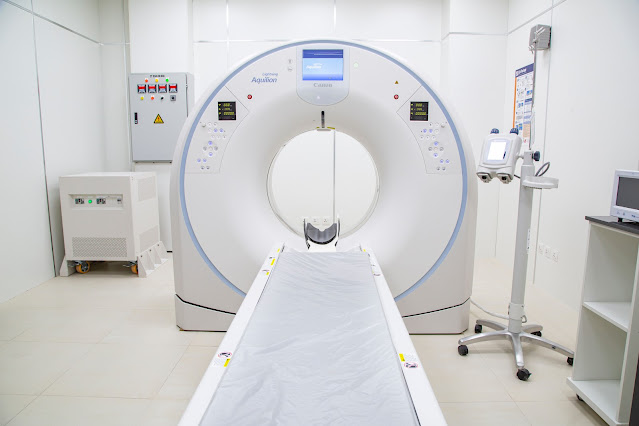Top 10 MRI Facts You Need to Know
 |
| Top 10 MRI Facts You Need to Know |
Top 10 MRI Facts You Need to Know Due to its ability to produce accurate, non-invasive images of the internal organs of the human body, magnetic resonance imaging (MRI) has emerged as a crucial tool in contemporary medicine. Although MRI has been around since the first decades of the 20th century, it was in the 1980s that the Invention of Magnetic Resonance Imaging devices was made commercially available for clinical usage. Since then, MRI technology has made great strides, turning it into a crucial, life-saving technique in contemporary medicine. The intriguing history of MRI scanners is explored in this blog post, from their early development to the more recent technological innovations that have brought them to the forefront of medical imaging.
H1: historical origins and early Development:
The study of magnetic resonance, specifically how electrons and atoms' nuclei react to magnetism, can be linked to the development of MRI technology. I.I. Rabi, a physicist, created a method to gauge sodium mobility and magnetic characteristics in the 1930s, which laid the groundwork for nuclear magnetic resonance (NMR) imaging. The study of atomic and molecular magnetic resonance properties was further refined by later contributions made in the 1940s by physicists Felix Bloch and Edward Purcell. Later, as a result of their research, MRI scanners that produce magnetic resonance images using the body's water content were created.
H2: Dr. Raymond Damadian's Pioneering Work
Doctor, scientist, and professor Dr. Raymond Damadian proposed the idea that magnetic resonance imaging may distinguish between diseased and non-cancerous cells in 1969. With the help of rodents, he successfully tested this theory and discovered unique emission patterns from malignant cells. Damadian suggested using nuclear magnetic Resonance (NMR) for medical imaging based on his studies in the field. He applied for the first MRI patent in 1972, and after it was granted in 1974, he created the first full-body MRI machine, known as "Indomitable." Damadian pioneered magnetic resonance imaging (MRI) in 1977 by creating the first human NMR image, a cross-section of his postgraduate assistant's chest.
Commercialization and Advances:
Dr. Raymond Damadian founded the FONAR Corporation in 1978, marking the start of the MRI machine industry. In 1980, FONAR unveiled the first MRI device that was readily available on the market. With improvements in data collecting, image reconstruction, and hardware systems, MRI technology has developed over time. Recently, the emphasis has switched to software developments, which have made it possible to perform MR scans of the lungs and faster contrast scans. The time needed for individual scans has considerably decreased as a result of the development of multi-contrast MRI techniques, such as GE Healthcare's Magic software. This has improved efficiency and resulted in cost savings for both physicians and patients.
Integration with Other Modalities:
Because of its adaptability, MRI technology has been integrated with different therapeutic methods. Better patient outcomes are provided by hybrid systems that combine MRI with positron emission tomography (PET) or therapeutic devices. Additionally, MRI systems now offer enormous amounts of functional and anatomical imaging datasets, which makes them essential tools in many study domains.
Conclusion:
Since their invention in the 1980s, MRI devices have advanced significantly. MRI technology continues to transform medical imaging in the 21st century, from its historical roots in nuclear magnetic resonance to the most recent software advancements enabling faster and more effective scans. The growth and success of MRI's technological capabilities have been greatly aided by the community of medical researchers' relentless pursuit of innovation and inter-disciplinary cooperation. MRI machines' place as life-saving technologies in contemporary healthcare will surely strengthen as they play an increasingly significant role in early disease detection, precise diagnoses, and enhanced patient care.
.png)
.jpg)


0 Comments